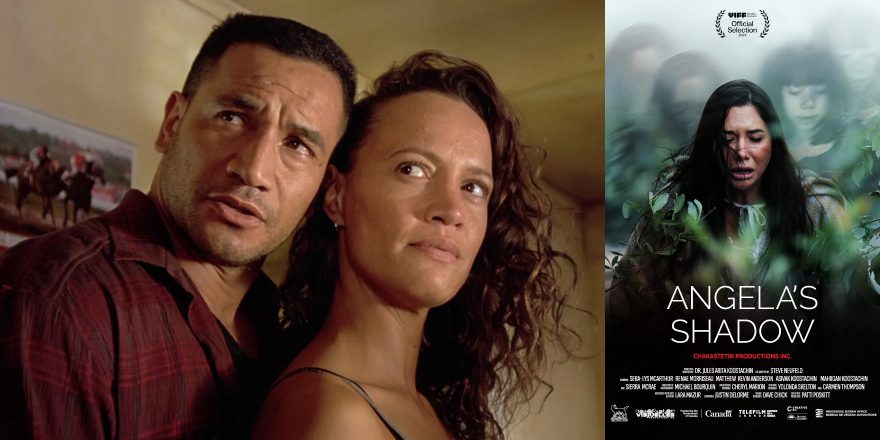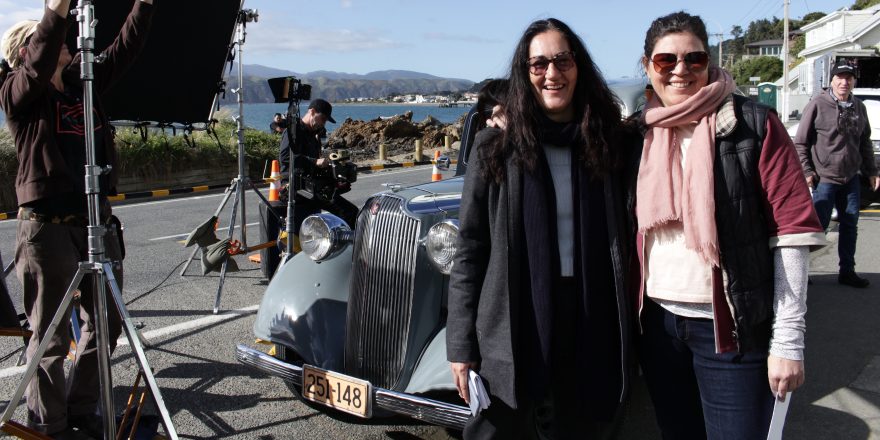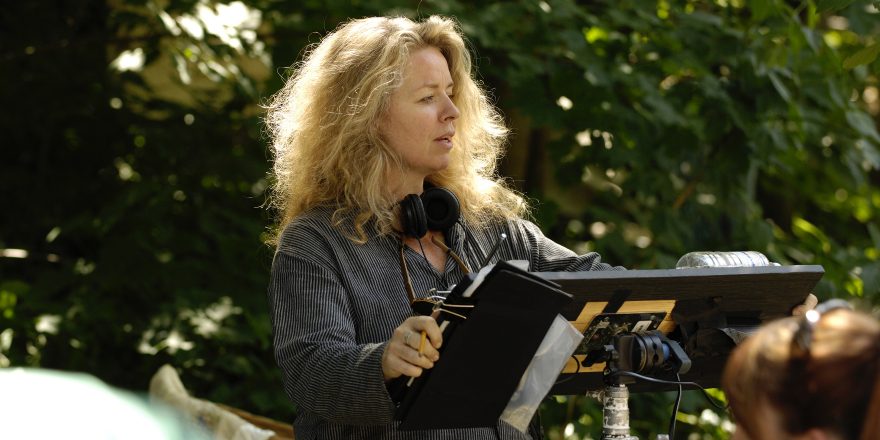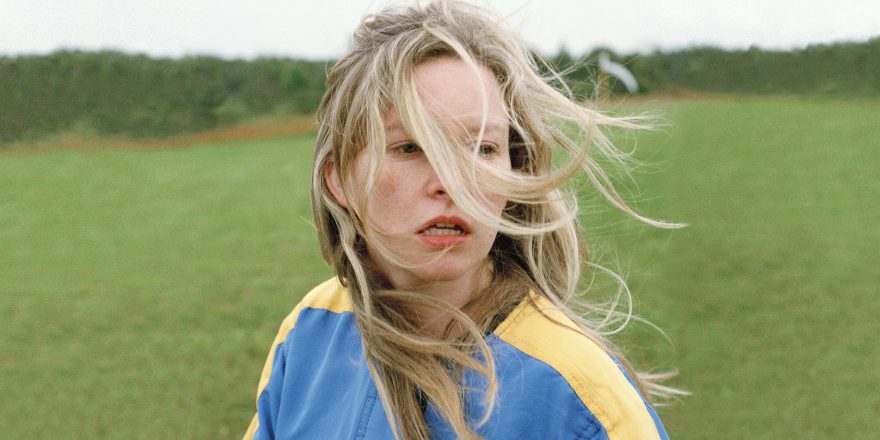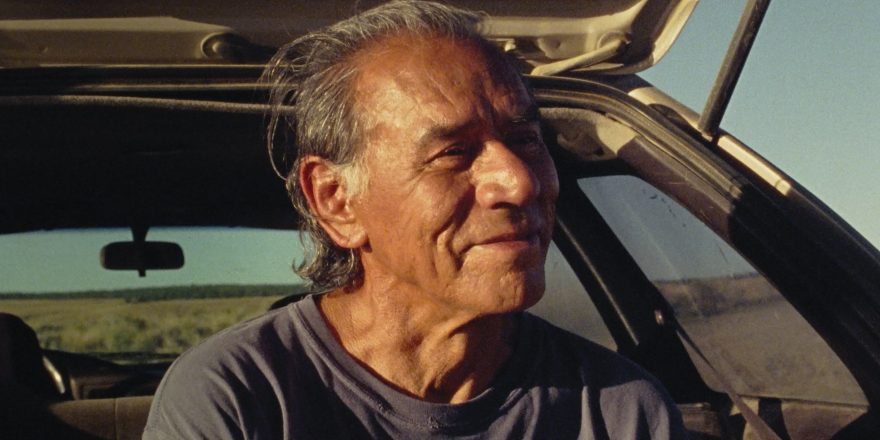I remember the first time I watched Once Were Warriors, I was awestruck. I was in university, trying to navigate the clash of worlds I was born into – Moose Factory, where my roots lay deep in InNiNeWak (Cree) soil, and Ottawa, where I lived with my mother, a residential school Survivor and warrior in her own right. Watching Lee Tamahori’s film was like staring into a mirror I didn’t know existed. The rawness. The rage. The way it punched you in the gut and left you breathless. It wasn’t just the film’s brutal honesty that shook me – it was that I could see us in it. Not just trauma, but power. Resistance. A story told by us, for us, unfiltered.
That film cracked something open in me. I felt heard!
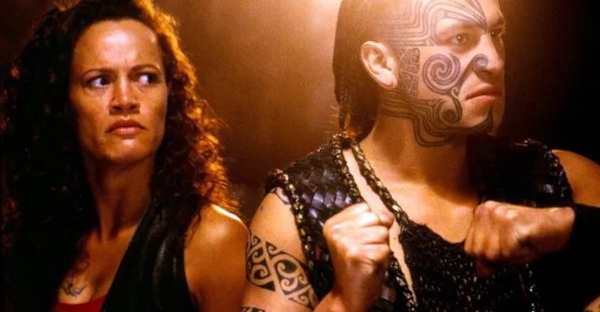
For years, Indigenous folks on screen were either background characters or romanticized archetypes: the stoic elder, the victim, the Indian princess. But Once Were Warriors gave us Beth played by the talented Rena Owen. A mother. A woman navigating violence, poverty and the legacy of colonial disruption – but who still unleashed her voice. That performance stayed with me like a heartbeat under the skin. I carried it into every story I would one day write.
Years later, life brought me full circle. I had the honour of meeting Rena Owen when she appeared in my CBC short doc KaYaMenTa. And while visiting Aotearoa (New Zealand), I crossed paths with Julian Arahanga – who played Nig – and we’ve stayed connected ever since. To now count him as a friend is something younger me could never have imagined. These connections remind me that Indigenous creatives across the globe are part of a collective movement – one rooted in truth-telling, kinship, and cinematic sovereignty.
When I began developing my new film, Angela’s Shadow, I wasn’t thinking of homage, but rather of emotional lineage. Like Beth, Angela is caught in the middle of respectability and repression. She’s a well-to-do woman in 1930s Canada, seemingly untouched by violence – but haunted by it. Her shadow, the young Cree girl who follows her, is both a ghost and a memory. She is a manifestation of intergenerational grief and the parts of ourselves we’ve been told to forget.
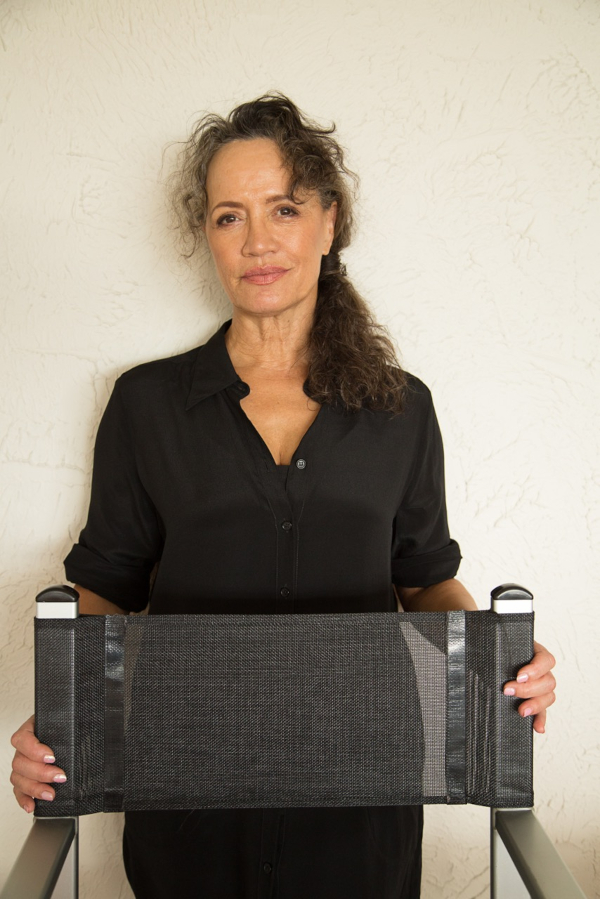
In my PhD dissertation, MooNaHaTihKaaSiWew: Unearthing Spirit, I wrote about what I call “spirit memory” – the way trauma is carried, not just through blood, but through story, through image. My work explores Indigenous documentary methodologies, but even in fiction, I lean into that idea: that we are always haunted by what we do not name. And sometimes, the most radical act is to give that haunting a face, a voice, a presence.
Angela’s struggle is not with external monsters but with internalized shame. With the colonial structures that taught her to compartmentalize. Angela’s Shadow is not a thriller in the traditional sense, but it is about our internal terror. The quiet fear of being disbelieved. Of being silenced. Of passing down that silence to subsequent generations.
The girl in the film – her shadow – isn’t just a ghost. She’s symbolic of Angela’s younger self. She’s every Indigenous child left behind in Canada’s so-called nation-building. In that way, the film speaks to our collective need for healing, but not the kind found in government apologies. I’m talking about the kind that comes from naming. From sitting with discomfort. From shadow work. For reference, shadow work can be understood as a psychological and spiritual practice that involves exploring the parts of ourselves that we repress, deny, or keep hidden.
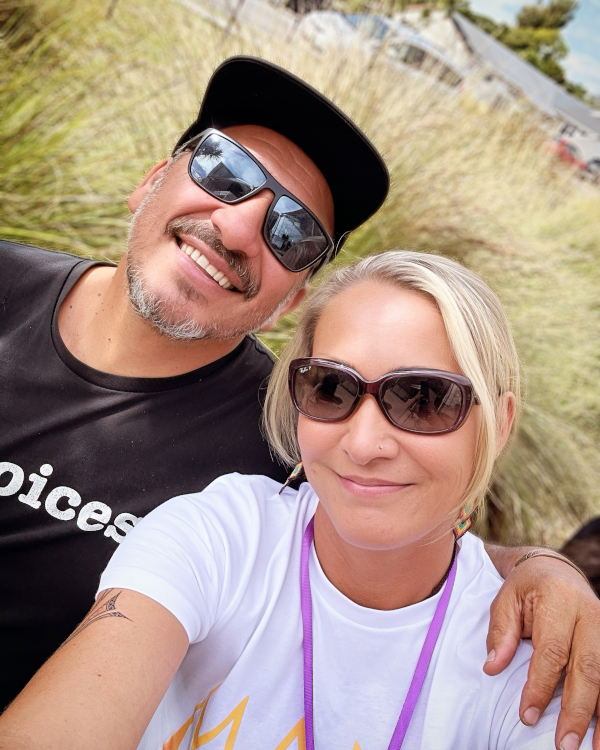
Films like Once Were Warriors gave us, Indigenous folks, permission to be angry. To scream. To break things. But I also think our next cinematic wave is about what comes after that. What happens when the rage simmers down and we’re left with the quiet work of rebuilding? That’s where I find myself now, as a filmmaker and a mother of four sons. Of course, I’m still angry, yes – but I’m also seeking light and refuge.
When I think about audiences seeing Angela’s Shadow now, I imagine people leaving the theater not necessarily with answers, but with questions. With a new awareness of the ways we feed our own ghosts — and the power in facing them. I want Indigenous audiences to see themselves in Angela’s fractured grace, and non-Indigenous audiences to reckon with the systems that created her silence.
Our community welcomes layered stories – ones that hold the pain but also the complexity, the resilience, the humor. As Indigenous filmmakers, we don’t just tell stories – we carry them. Our stories have agency. They hold memory, language, land, and spirit. They are vessels of truth but also of hope. For generations, our voices were suppressed, our experiences distorted or erased entirely from the screen. But today, through Indigenous cinema, we’re not only reclaiming those narratives – we’re reshaping the future. Our storytelling practice isn’t just about survival; it’s about resurgence. It’s about inspiring change, not only within our communities, but in the hearts of audiences who may be encountering these truths for the first time. That’s the power of our work: it remembers, it resists, and it imagines something better. That’s what Once Were Warriors gave me. And that’s what I hope Angela’s Shadow gives others.
Indigenous cinema in Canada is not just having a moment – it is part of a powerful movement. For decades, our stories were either ignored or filtered through a non-Indigenous lens, stripped of nuance and often perpetuating stereotypes. Today, we are witnessing a resurgence of films made by Indigenous filmmakers, for Indigenous communities, grounded in our own values, humor, worldviews, and truths. This is more than just artistic expression; it is a reclamation of narrative sovereignty. It’s about shifting the power of who gets to tell the story – and how it’s told.
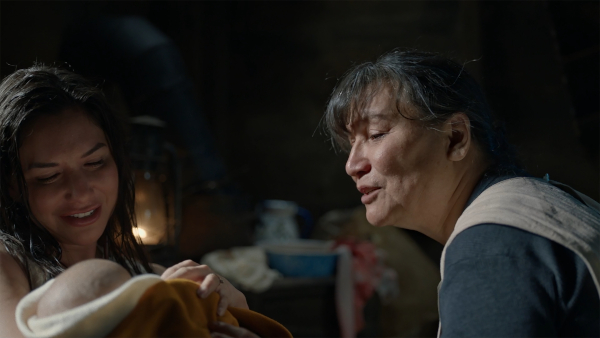
For filmmakers like me, the act of creating is deeply personal and inherently political. We carry responsibility, not just to entertain, but to speak to and from our communities. We tell the stories that matter to us – stories rooted in family, in community, in survivance, and, of course, in joy. Our characters are multifaceted and contradictory, because we are. And while our films may center Indigenous lives, they are not confined to the margins. They are meant to sit at the centre, shaping national conversations about justice, identity, and belonging. Representation, when it’s authentic, has the power to shift perception – and policy.
Representation matters, but so does who is doing the representing. When we write, direct and produce our own work, we ensure that our cultures, languages, and theirstories are not just seen, but honored. Indigenous cinema holds space for our past, present and future. It disrupts. It heals. It connects. For the next generation of Indigenous youth watching, seeing someone like themselves on screen – or behind the camera – can be life-changing. I know it was for me. That’s why I keep making films. That’s why Angela’s Shadow exists.



